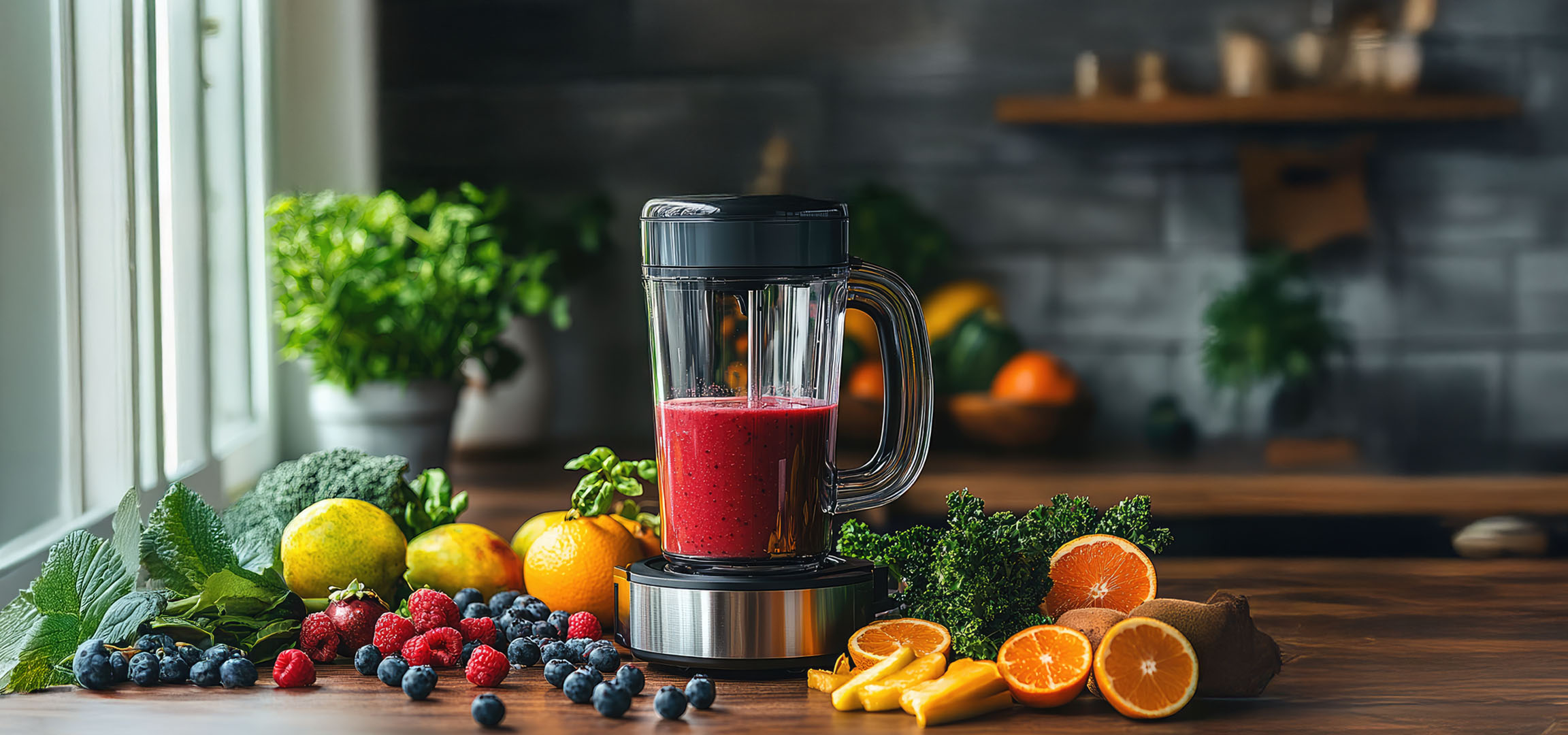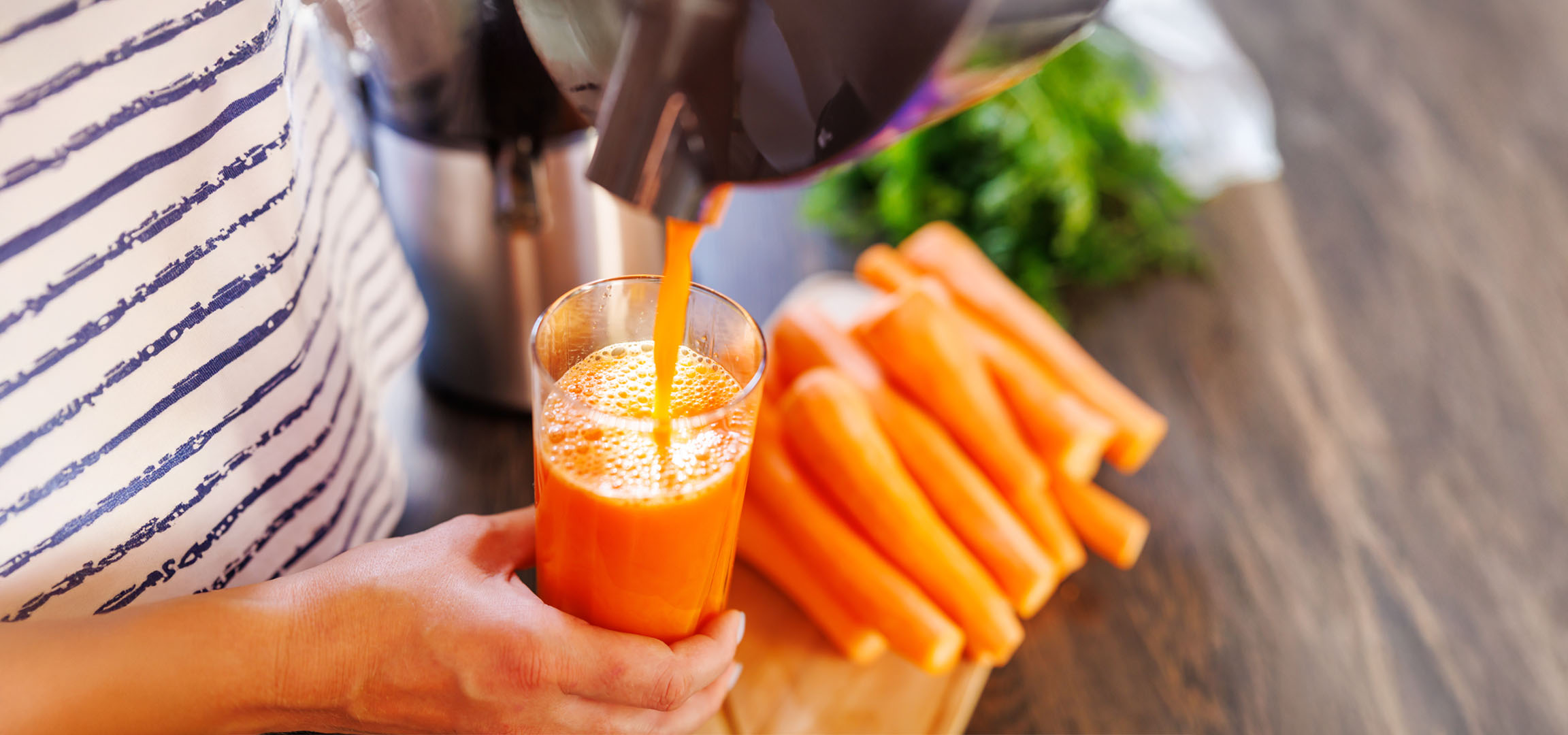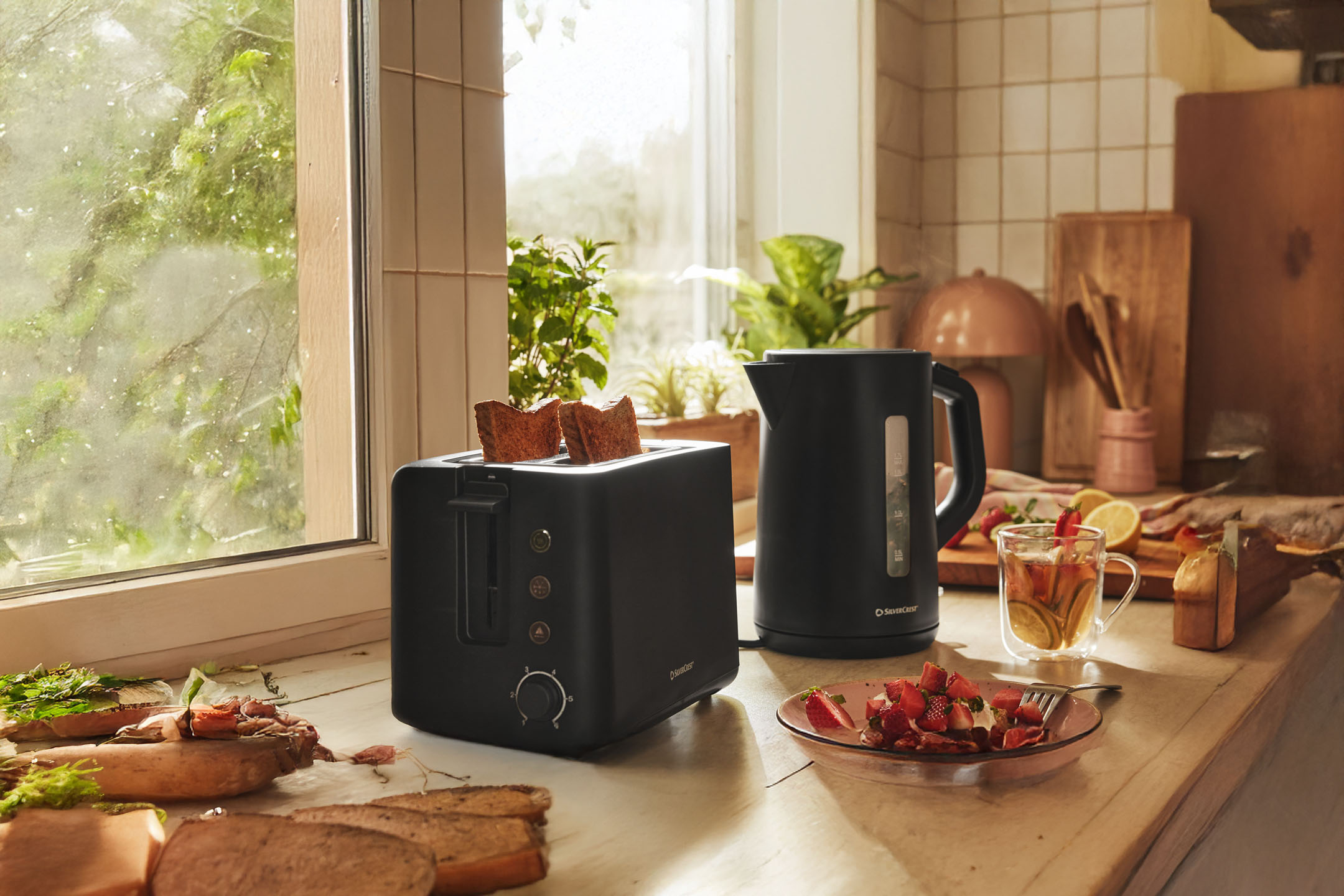Healthy and delicious - make fresh juices and smoothies with a juicer or blender
Nutritionists recommend consuming between 400 and 650 grams of fruit and vegetables every day. For many people, this recommendation represents an almost unattainable goal. No wonder, because especially in stressful everyday work, there is often too little time for really healthy eating. Kitchen aids such as juicers, blenders or choppers are therefore ideal for preparing larger quantities of fruit or vegetables ready for consumption in the shortest possible time. Once purchased, many can hardly imagine life without the practical devices and enthusiastically realize: Healthy nutrition has finally become a reality. But when you are faced with the decision of which device to buy, some questions inevitably arise: What is the difference between the preparation forms? How do the different food processors work and what are their advantages and disadvantages? How do I get the most nutrients from the fruit and what is actually healthier: juice or smoothie? In the following article, you'll learn everything you need to know about juicing, blending, and chopping.
Juicing, blending and chopping: What's the difference?
If you are considering buying a kitchen helper for processing fruit and vegetables, you are spoilt for choice: Should it be a juicer, a blender or rather a chopper? Which appliance best suits your own needs depends primarily on which form of preparation is preferred.
Juicers remove the liquid components from fruits and vegetables and produce pure juice, while the coarser components remain as a waste product. This so-called pomace contains a particularly high amount of fiber. Blenders, on the other hand, are suitable for pureeing fruit and vegetables whole – the end result is typically smoothies that contain all the components of the fruits and vegetables used and are therefore thicker. Shredders provide an even coarser result, because these devices only chop without processing the filled pieces of fruit and vegetables into a puree
Functioning and application of juicers, blenders and shredders
Juicers, blenders and shredders differ not only in how they work, but also in how they are used. We explain the most important differences and special features.
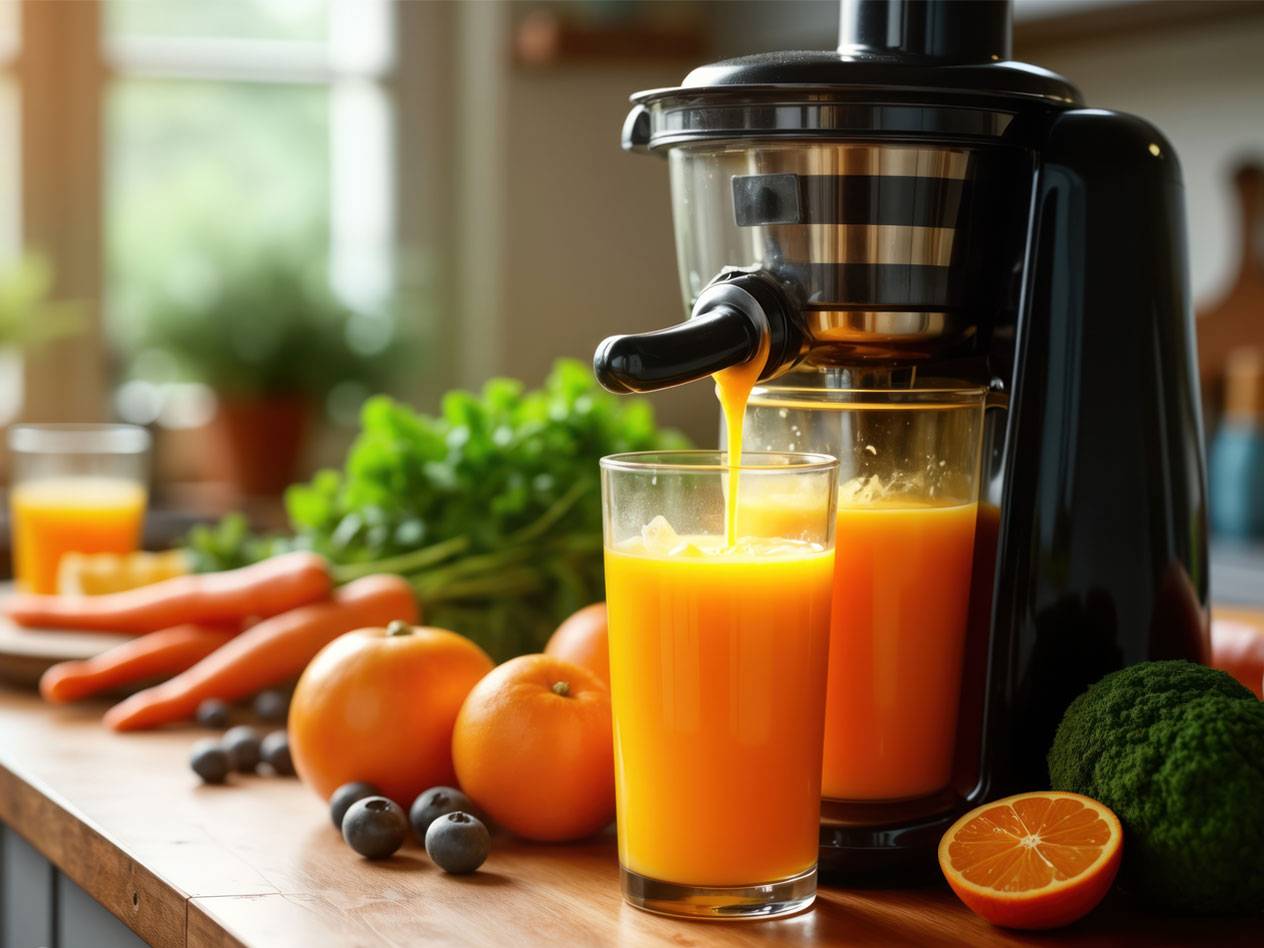
Juicer
Make delicious juice yourself with a juicer
Juicers remove the liquid from the individual pieces of fruit and vegetables and turn them into a delicious juice. The pressed material only needs to be halved or coarsely shredded before filling and can be placed in the device with stem and tray. Solid components remain as pomace. Basically, there are two types of juicers: juicers and centrifuge juicers.
While in a juicer the juice is obtained by mechanical pressure, the centrifuge juicer crushes the fruit at up to 15000 revolutions per minute and separates solid and liquid components through a sieve. Juicers process fruit and vegetables more gently, work more quietly and produce clearer juice than centrifuge juicers, but they are usually also much more expensive. Most modern juicers can turn just about any type of fruit and vegetable into juice, which is not only tastier, but also healthier
Jucing without a juicer
If you don't have a juicer but a pressure cooker at home, you can easily juice with the help of steam. Fruit and vegetables with a high water content are ideally suited for this. For every 500 grams of fruit or vegetables, add 100 ml of water to the pressure cooker and equip it with an unperforated insert that serves as a drip tray. The sieve insert is placed on top of this before the washed fruit and vegetables are added to the pot. Then all you have to do is turn on the pressure cooker – the steam takes care of the rest.
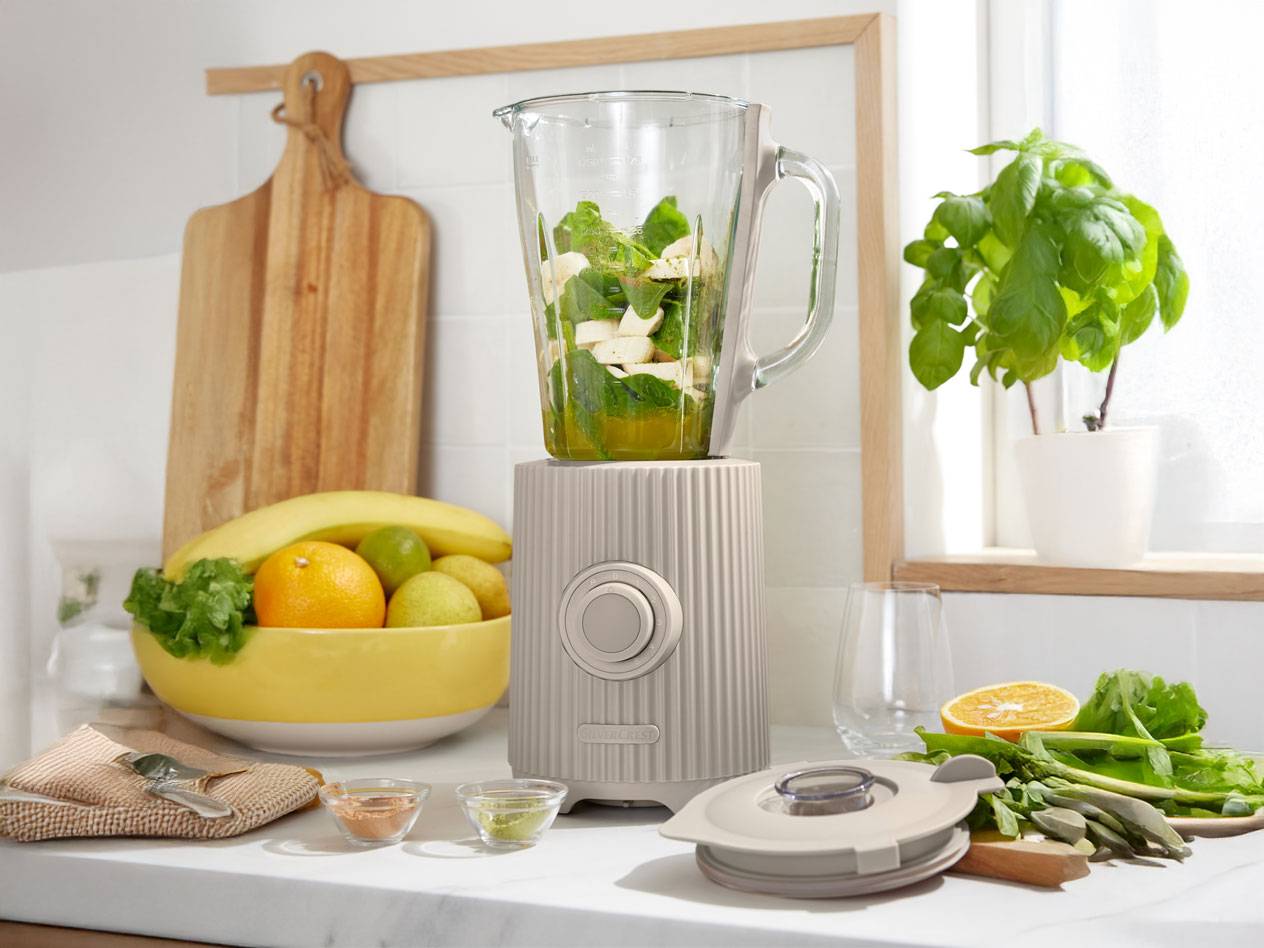
Mixer
Mixers and other blenders puree the filled pieces of fruit and vegetables and process them into a uniform mass. The consistency of the final product depends on the rotation speed, i.e. the number of revolutions of the blender, the liquid content of the starting materials and the amount of water added.
Since the fruit and vegetables are processed whole, they must be prepared accordingly. Seeds, stems and the skin should be removed. Before turning on the blender, make sure that the blades are not blocked. While powerful blenders can also be started from a standing start with harder raw materials or ice, larger and firmer ingredients should only be added during operation with less powerful appliances.
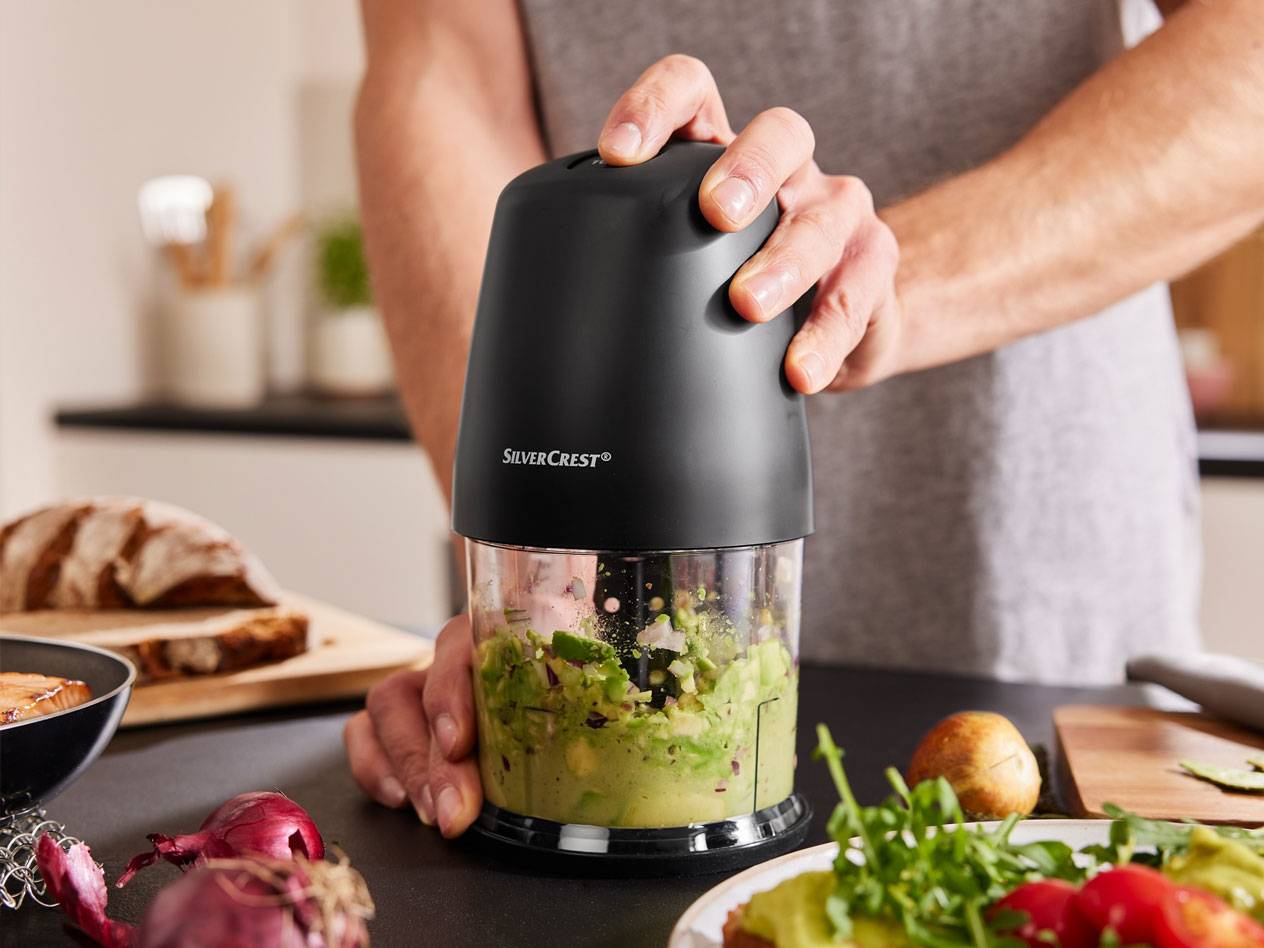
Choppers
Choppers work similarly to blenders, but are more designed to process fruits, vegetables, and other foods into coarser pieces. With many devices, the desired cutting type can be adjusted with the help of different inserts. As with the blender, all types of fruit and vegetables must be freed from seeds, stems and, if necessary, their peel before they are roughly pre-cut and placed in the appliance. When buying a suitable appliance, it should be taken into account which foods are to be crushed. For frozen and very hard food, it is advisable to buy a particularly powerful device, while for most other applications about 500 watts are sufficient.
Advantages and disadvantages of juicers, blenders and shredders
Advantage | Disadvantage |
|---|---|
|
|
Advantages | Disadvantages |
|---|---|
|
|
Advantage | Disadvantage |
|---|---|
|
|
Which is better: juice from a juicer or smoothies from a blender?
If you are faced with the decision of whether a juicer or a smoothie blender is the better choice, there are several things you should consider. Juices are easy to digest and can be made from almost any type of fruit and vegetable. Smoothies, on the other hand, contain a lot of fiber and are therefore only suitable to a limited extent for people with digestive problems. However, unlike juices, smoothies contain more vitamins and nutrients because all the components of fruits and vegetables are processed. It should be taken into account that simple smoothie blenders usually cannot satisfactorily chop leafy vegetables, herbs and hard vegetables.
High-performance blenders, on the other hand, can easily process these types of vegetables into a creamy consistency and are therefore also ideal for making green smoothies. Another advantage of blenders over juicers is that they are easy to clean and easy to clean.
